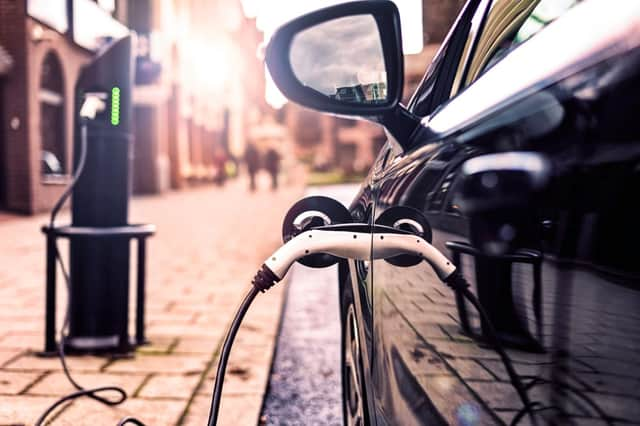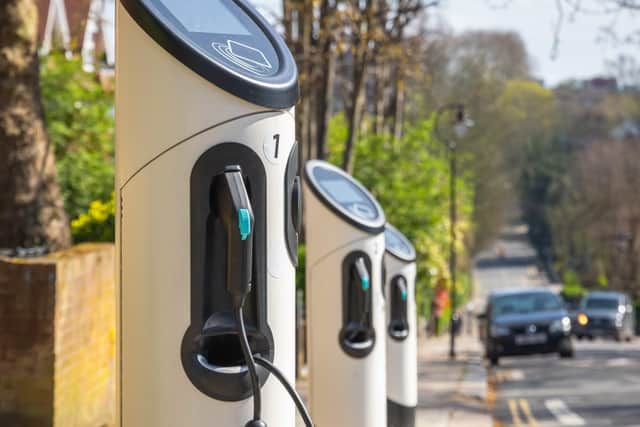Councils to install just 35 on-street EV chargers each by 2025


Local authorities will install an average of just 35 new on-street EV chargers each in the next four years, with more than 100 saying they have no plans to install any.
Fewer than 10,000 electric vehicle charging points are scheduled to be installed by 2025, according to data from more than 400 councils, which also shows significant geographical disparities.
Advertisement
Hide AdAdvertisement
Hide AdA lack of charging infrastructure remains a key obstacle to the wholesale adoption of electric cars, especially for drivers without off-street parking. There are currently 7,682 public on-street chargers and a Freedom of Information request by Centrica shows that councils intend to fit just 9,317 more in the next four years.
175,000 plug-in vehicles - including hybrids and pure EVs - were registered in 2020, accounting for one in 10 new vehicles. This compares with one in 30 in 2019 and the rate of adoption is expected to increase more rapidly as the UK nears the 2030 ban on new petrol and diesel cars. However, 53 per cent of drivers without off-street said they would not currently consider an EV.


A total of 126 councils said they had no plans to install any on-street chargers, including 25 which don’t have any existing charging infrastructure. You can use our table below to see if your local authority is among them.
The data shows that councils in England’s south-east are set to install 2.5 times as many chargers as northern England, the Midlands, Scotland, Wales and Northern Ireland combined, with 6,713 compared with 2,604 respectively.
In terms of chargers per head of population, London leads the way in existing infrastructure and planned expansion, with 4,711 chargers planned by 2025, meaning it will have 1,713 chargers per 100,000 people. Westminster Council alone is set to add 500 chargers per 100,000 people.
Outside London, Kent and Stirling plan the most new chargers, with 240 and 156 per 100,000 planned respectively.
In 2020 the Government announced it was doubling funding for councils to install chargers on residential streets to £10 million. Data shows that last year 2,989 requests were made to councils for such facilities - up from 2,835 in 2019.
The lack of access to a charger remains one of the biggest roadblocks to drivers choosing an EV. When asked about barriers to EV ownership by Centrica, half (49 per cent) of drivers who said they would not consider an EV blamed the lack of access to on-street or public charging points, while 61 per cent cited high purchase price as a major concern. Three-quarters (77 per cent) said that investment into more on-street charging points would encourage more drivers without a driveway to go electric.
Advertisement
Hide AdAdvertisement
Hide AdAmanda Stretton, sustainable transport editor at Centrica commented: “The latest figures released today demonstrate the need for all UK councils to play their part in helping to achieve the 2030 ban. Whilst it’s great news that the government are providing initiatives to make the transition more affordable, cost isn’t the only barrier. With half of drivers attributing lack of chargers as the main reason preventing them from purchasing an EV, it’s unfair that those without a driveway risk getting left behind.
“Charging infrastructure and energy systems will need be upgraded to cope with the demand and support drivers.”
